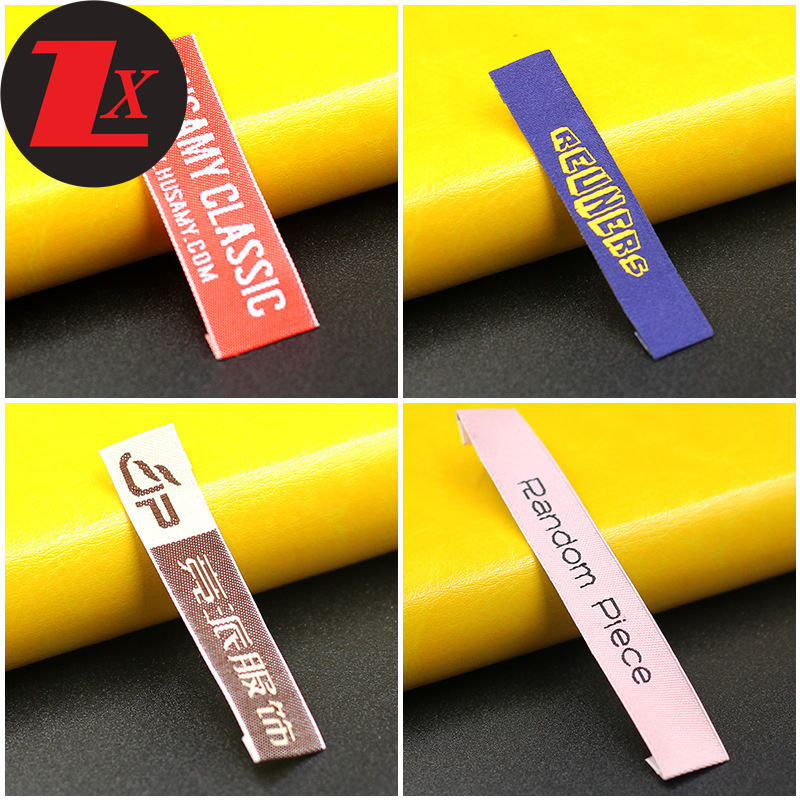
Unveiling the Secrets Behind Clothing Labels and Comfort

Do clothing labels affect garment comfort? This question delves into the relationship between the tags sewn onto our clothes and the actual comfort we experience while wearing them. In this article, we will examine the various factors that contribute to garment comfort and explore the influence that clothing labels may have on our overall comfort level.
1. Understanding Clothing Labels
Clothing labels serve multiple purposes. They provide information regarding garment size, care instructions, fabric composition, and brand identity. Employing various materials, such as woven fabric, paper, or plastic, labels are attached to the inside back neckline or side seams of a garment. However, their impact on comfort is often overlooked.
2. The Role of Fabric and Label Materials
The type of fabric and label material used can significantly affect the comfort of a garment. Soft, breathable fabrics enhance overall comfort, while rough and non-breathable fabrics may cause irritation. Similarly, labels made from scratchy materials can create discomfort, particularly if they come into direct contact with the skin. Garment manufacturers often take these factors into consideration when selecting fabric and label materials.
3. Label Placement and Design
The placement and design of clothing labels can also impact comfort. Labels stitched in prominent areas, such as the back of the neck or along the waistband, may rub against the skin or cause itching. Additionally, labels with sharp edges or bulky designs can dig into the skin, causing irritation or discomfort. Garment manufacturers strive to create labels that are unobtrusive and minimize any negative impact on comfort.
4. Sensory Perception and Psychological Influence
Comfort extends beyond physical aspects and incorporates sensory perception and psychological influence. The presence of a clothing label can create a psychological effect, making the wearer feel more conscious of their attire. This perception may indirectly influence the wearer's comfort level. Awareness of the label's existence can lead to heightened sensitivity, which may be interpreted as discomfort even if it's not directly caused by the label itself.
5. Consumer Preferences and Decision Making
Consumer preferences play a crucial role in the design and implementation of clothing labels. Labels displaying excessive information or intricate designs may be detested by some consumers, particularly those seeking simplicity and minimalism. On the other hand, some individuals may find comfort in labels that provide in-depth fabric information or are associated with a specific brand. Understanding consumer preferences enables manufacturers to cater to a wide range of comfort expectations.
In Conclusion
Although often overlooked, clothing labels can indeed impact the comfort of a garment. Factors such as fabric and label materials, placement, design, sensory perception, psychological influence, and consumer preferences all contribute to the overall comfort experienced by the wearer. Garment manufacturers must strike a balance between providing necessary information and ensuring the labels do not compromise the comfort of their products. By understanding these dynamics, consumers can make informed choices and enjoy their clothing with optimal comfort.
personalized clothing labels iron on clothing labels China clothing label wholesaler customization clothing label wholesaler
